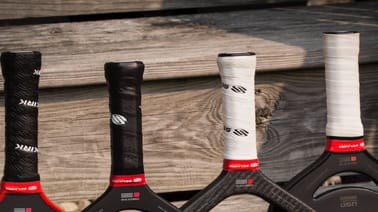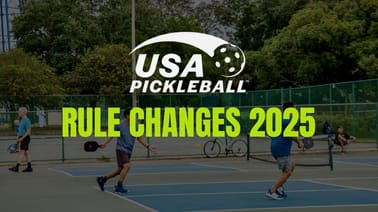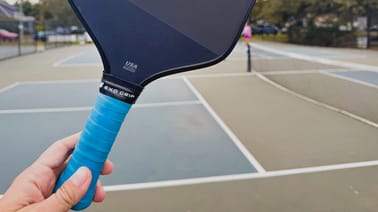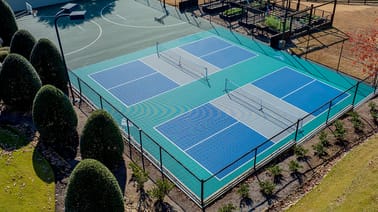
Pickleball doesn’t have to be hard. Everybody wants the magic pill or secret strategy to get them to the top but just mastering the basics is a great way to get to the top.
On the PicklePod, Zane Navratil explains the simplicity of the game played by Ben Johns and JW Johnson.
Zane says they are two of the least deceptive players on the professional tour.
Ben is going to dink his backhand…sometimes to the middle…most of the time crosscourt and he’s going to look for the same thing.
For the majority of amateur play, this strategy is a winning strategy. Do the basics well, in their case REALLY WELL, and capitalize on your opponent’s mistakes.
Of course, those long backhand dink rallies aren’t easy. It takes discipline to continuously play the high percentage shot and keep it unattackable. If you can learn one thing from Ben and JW meeting over and over again in the finals it’s that boring works.

Tired of spending a fortune on cracked pickleballs? How about a 1-year warranty? Try the new Pro S1 ball from Selkirk - The New Pickleball Standard.
The Commisoner's Theory
Besides being good fundamental pickleball, the long dink rallies in men's could be product of paddle innovation. In this tweet thread, MLP Brooks Wiley explains his theory.
The trend is pretty clear. The pro game is getting faster and faster. We set the 50 ADF line in the sand after Daytona.
— br00ksie.eth (@Brooksasaurus) October 24, 2023
That was 2 standard deviations from the average of 69.00. Only 6 paddles were outside that range. In Atlanta , 26 paddles fell... pic.twitter.com/xfElKpqxh2
His theory: "The reason why you're getting 65 shot dink rallies in mens doubles is they're all scared of the counter from a paddle with sub 60 ADF paddle."
A sub-60 ADF would be 'hotter' than your average paddle. Essentially it would be more powerful. The trend would suggest that more players using hot paddles makes the speed up more risky.
A counter from a hot paddle is more effective than from a paddle with a 70+ ADF. That means there's more reward for playing the slow game and letting your opponent pull the trigger first.

Pros vs Amateurs
The boring pickleball theory applies for both the pro and amateur levels. Amateurs also have the added benefit of lack of consistency. If you can be more consistent than your opponent you will likely win the match.
That means playing a high-percentage shot and reducing unforced errors. The best way to do that is to use the natural advantages built into the court. Safe dinks should be played at the cross-court angle.
- This provides the most space dinks to land safely, out of reach of your opponent
- It keeps the ball over the lowest part of the net which allows more room for error
Although the safe way to play may not be the most fun or exciting, it will likely lead to the best result.
Up your game and stay in the know with The Dink Newsletter 3x per week.










